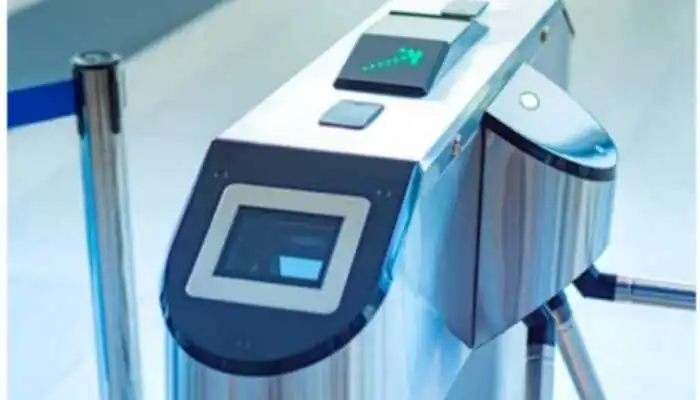Neuroscience Study Shows Promising Results for Autism Cure Drug

A multitude of genetic alterations have been found to be associated with the behavioral disorders observed in individuals with autism. Recently, scientists from the Hector Institute for Translational Brain Research (HITBR) have discovered yet another molecular cause for this condition. Specifically, they have found that the transcription factor MYT1L plays a crucial role in protecting the molecular identity of nerve cells. When MYT1L is genetically switched off in human nerve cells or in mice, functional changes and symptoms typical of autism can arise.
In an exciting development, researchers have also found that a drug which blocks sodium channels in the cell membrane can reverse the consequences of MYT1L failure and alleviate the functional and behavioral abnormalities observed in mice. It is hoped that this research may lead to new treatments and interventions for individuals with autism spectrum disorders.
It should be noted that ASD is not only characterized by impairments in social interaction, communication, and interest formation, as well as stereotypical behavior patterns, but may also be accompanied by other abnormalities such as epilepsy or hyperactivity.
Researchers are actively investigating the molecular abnormalities that underlie the complex developmental disorder known as autism. A wide range of genetic factors that affect the molecular processes of nerve cells have already been associated with the development of this disorder.
Moritz Mall, a researcher from the Hector Institute for Translational Brain Research (HITBR), has been studying the role of the protein MYT1L in various neurological diseases for some time. MYT1L is a transcription factor that regulates the activity of genes within cells. Nearly all nerve cells in the body produce MYT1L throughout their entire lifespan.
A few years ago, Mall demonstrated that MYT1L protects nerve cell identity by inhibiting developmental pathways that promote the formation of muscle or connective tissue. MYT1L mutations are associated with neurological disorders like epilepsy, schizophrenia, and brain malformations. Mall’s team investigated the role of MYT1L in autism spectrum disorder (ASD) by genetically silencing it in both mice and human nerve cells derived from stem cells in the laboratory.
Loss of MYT1L led to hyperactivation of mouse and human neurons, impairing their function, and causing brain abnormalities in mice, such as a thinner cerebral cortex. Additionally, MYT1L-deficient mice displayed several ASD-like behaviors, such as social deficits and hyperactivity. Interestingly, these neurons produced an excess of sodium channels typically restricted to heart muscle cells, which caused electrophysiological hyperactivation.
In clinical medicine, sodium channel blockers like lamotrigine are used to treat conditions such as epilepsy. When MYT1L-deficient nerve cells were treated with lamotrigine, their electrophysiological activity returned to normal. In mice, the drug also reduced ASD-associated behaviors like hyperactivity.
According to Moritz Mall, drug treatment during adulthood has the potential to alleviate brain cell dysfunction and counteract the behavioral abnormalities commonly associated with autism, even in cases where the absence of MYT1L has already impaired brain development during early stages of development.
However, the current research is limited to studies conducted in mice, and clinical trials involving patients with ASD have not yet been carried out.
Plans are currently being made to conduct clinical studies in the near future. The study in question is titled “MYT1L haploinsufficiency in human neurons and mice causes autism-associated phenotypes that can be reversed by genetic and pharmacologic intervention,” and was published in Molecular Psychiatry on February 14, 2023














